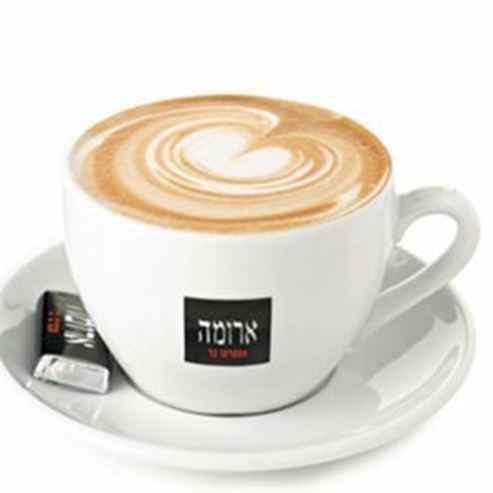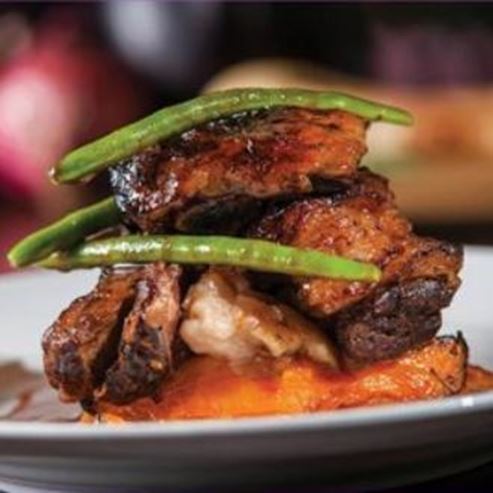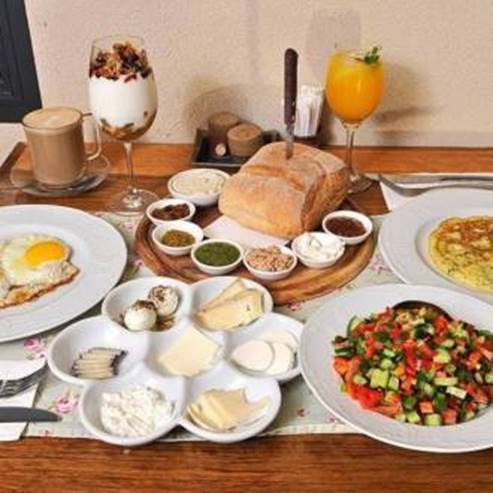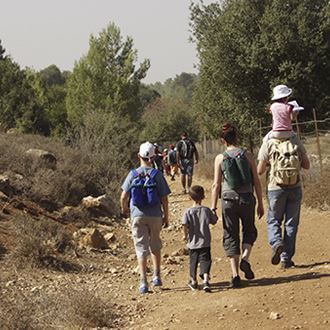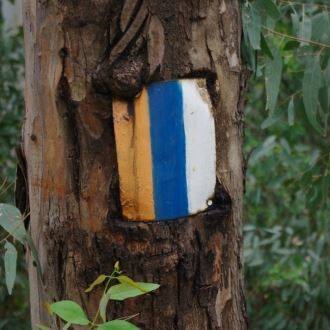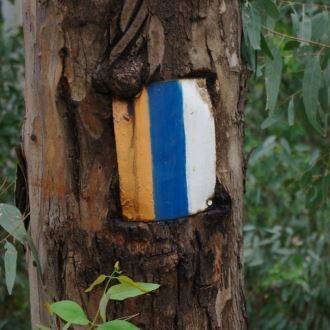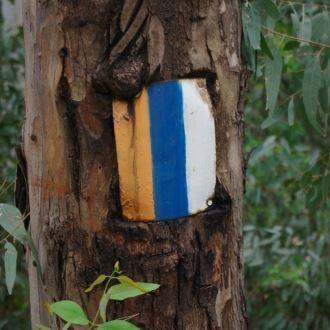Accessible route between charming rivulets
A short route along Nahal Gouash and an antiquities site
Israel’s biggest spring creates rivulets, which join together to form a river with a strong current.
Tel Dan contains some fascinating historical treasures, including the ‘Gate of Abraham’, one of the earliest arched gates in the world. The Israel Nature and Parks Authority has built an accessible trail, which takes visitors between the rivulets to the famous Canaanite gate.
Main points of interest:
Rivulets of the Dan Stream and the gushing river
The Winnie the Pooh tree
Children’s play pool
Tel Dan - Canaanite gate, Israelite gate, ritual site, flour mill
Viewpoints
Ha’ela lookout: Lookout to the south of the Tel over the Naftali Mountains, Golan Heights and the Hula Valley
Stream lookout: Accessible lookout point over the stream from a wooden balcony
Israel Nature and Parks Authority activities to improve visitor services and preserve the site
The Authority has set up an accessible path through the Reserve and the Tel. It has also restored the Canaanite Gate (Gate of Abraham) and built a pavilion to protect it. It preserves the site’s excavations, and ensures the flow of water from the springs to the stream.
How to get here:
From Kiryat Shmona drive east towards Kibbutz Dan (Route 99). Immediately after the kibbutz turn left into the access road to the Reserve.
Background
The Tel Dan Nature Reserve is a wonderland. Rivulets of water from every direction join together to form a gushing river. The tops of the trees gently obscure the sky and provide a shaded environment. The reserve is small at just 481 dunams, but even so, its environmental and geographical conditions mean it has a fascinating array of plantlife: the Fraxinus syriaca - a branched-tree creating shade over the water rivulets, and the Paliurus spina-christi (Jerusalem thorn) - a type of thorny bush of Euro-Siberian origin that is rare in Israel; the Atlantic terebinth, which represents desert plantlife; laurel trees and Rhamnus alaternus - types of Mediterranean trees; and the Ziziphus spina-christi - representing plantlife from east Africa.
It is also home to a wide range of wildlife: the spiny mouse - a type of desert rodent, the apodemus - a nocturnal Mediterranean rodent, and Tristram's jird - originating in the Central Asian steppes.
Tel Dan is also home to a large population of fire salamanders, an amphibian, and in the Reserve’s waters lives the otter - a predator from the mustelidae family, which is rare in Israel.
Conserving nature in the Reserve
Before the establishment of the State, there was no awareness of the need for nature conservation, and in the 40s residents of the Hula Valley began pumping water from the sources of the Dan for private and agricultural use. Later on, as the population grew, so did the demand for water, and in 1966 Israel’s water distribution planners wanted to take what was left of the water flowing in these sources. This plan would have wiped out the Reserve, and brought about a long struggle by environmentalists in Israel to have it called off. Following this struggle, the plan was changed, and today the water is only taken from downstream, at a distance of two kilometres from its sources.
Trip route
1. The accessible route through the Reserve
The Israel Nature and Parks Authority has made the accessible path longer, and now both visitors confined to wheelchairs and families with young children can enjoy the most important sites in the Reserve. The accessible path begins from the site’s car park. Some eucalyptus trees growing next to the path have been cut down. The eucalyptus is not local, and it develops at the expense of natural species, so cutting them down is intended to restore natural growth in the Reserve.
The path passes between the rivulets, and leads to a new lookout balcony which looks over the gushing Dan River. The Dan springs are the most plentiful in Israel, and provide around 250 million m3 per year (9 m3 per second). The source of the water is meltwater and rainfall which trickles down from Mt Hermon, and it is extremely high quality - only 10 mg of chlorine per litre.
From here the path continues in the shadow of the ‘jungle’ trees and reaches the play pool. People with reduced mobility can also get into the water and have fun.
2. Tel Dan
The next station is the impressive wall at the foot of the Tel. It is mostly constructed of unhewn basalt stones, and at the top the wall a smooth travertine stone has been put up, a rock formed from chalk sediment dissolved in the spring water.
The wall and the gate found within it are from the Israelite period. The original flooring of the plaza outside the gate is very impressive. The remnants of religious rituals were found in the plaza.
According to the story told in the Bible, members of the Dan tribe lived in central Israel, but unable to withstand the pressure from the Philistines they travelled north and conquered Dan (Lish). According to Scripture, Jeroboam built a ‘place of worship’ and erected a golden calf there. The remains of an impressive ritual altar were found at the centre of the Tel.
A fascinating finding from the Israelite period is a fragment of a basalt tablet bearing an inscription from the time of Ben-Hadad I, king of Aram Damascus. ‘The House of David’ is mentioned in the inscription, and researchers have concluded that Ben-Hadad was using it to boast about his triumph over the House of David. This is the first written testament to the House of David, and it is dated to the second half of the 9th century BC.
3. The rampart and the Canaanite gate (‘Gate of Abraham’)
From the Canaanite gate the accessible path continues north and reaches the great rampart which surrounded the settlement in the Middle Bronze Age II (1750-1550 BC). The rampart rose to a height of more than 10 m. It was built from layers of dirt, stone, gravel and other materials, and the width of its base was 60 m and wider! However, the most exciting discovery in this part of the Tel is the entirely complete gate with an arched lintel. Today the gate is protected by a round and semi-transparent pavilion, and not for nothing. The gate (‘Gate of Abraham’) was built from mud bricks and consisted of three arches. This discovery is of great importance, since it is almost the only piece of evidence that man knew how to build arches in such an ancient time period. Up until the discovery of the gate at Tel Dan (1979), researchers assumed that in the Canaanite period, arches were not yet being built.
The exposure of the ancient mud bricks to the air also exposed them to natural damage: white-throated kingfishers and European bee-eaters dug nesting holes in them, wasps took advantage of the materials to build their hives, and plants took hold of the bricks and began to erode their stability.
In order to protect the ancient gate, the Israel Nature and Parks Authority set up a pavilion over the gate, and as part of a special operation they took down the face of the wall supporting it. Cracks in the structure of the gate were repaired, and the wall-face was returned to its place. The gate was strengthened using advanced methods of preserving archaeological findings, and by adhering strictly to ancient building methods.
An accessible plaza has been set up next to the gate, with benches for the comfort of visitors. These allow you to enjoy one of the wonders of archaeology in Israel at your leisure.
UNESCO recognised the importance of the Gate of Abraham as an architectural monument to be preserved, and it is now a World Heritage Site.
4. Beit Ussishkin on Kibbutz Dan
A tour in the Tel Dan Nature Reserve is not complete without visiting Beit Ussishkin - a local museum of nature and archaeology on Kibbutz Dan.
An exhibition of animals and plantlife from the flora and fauna of the Hula Valley and the Hermon is on display at Beit Ussishkin. Another permanent exhibit displays archaeological findings from Tel Dan, complete with illustrations. A combined ticket can be bought for both the Reserve and Beit Ussishkin.
- Type
- Hiking
- Region
- North
- Near to
- Rosh Pinna
- Length
- About 2 Km
- Duration
- About 2 Hours
- Recommended season
- Spring, Summer, Autumn, Winter
- Starting point
- Tel Dan Nature Reserve (map)
- Ending point
- Tel Dan Nature Reserve (map)
- Special equipment
- Shoes, hat, water
- Precautions
- Do not enter the river water
- Parking
- Parking
- Accessibility
- Accessible
- Circular
- Circular
- Drinkable water
- Drinkable water
- Bathing water
- Bathing water
- Suitable for children
- Suitable for children
- Picnic suitable
- Picnic suitable
- Phone
- +972-4-6951579
- Fax
- +972-4-6950128
Similar trails
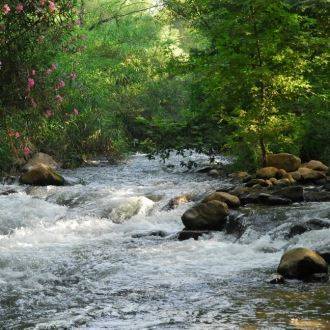
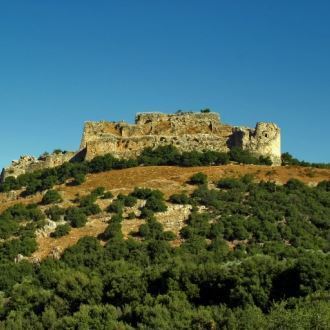
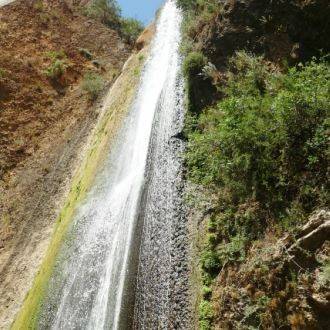
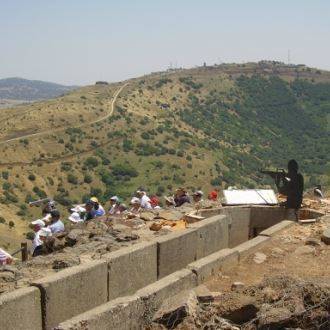
Nearby attractions
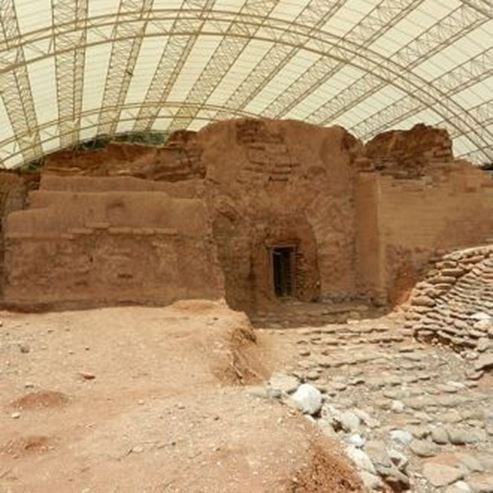
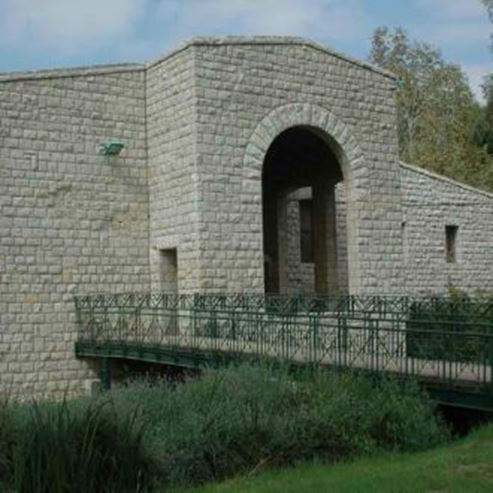
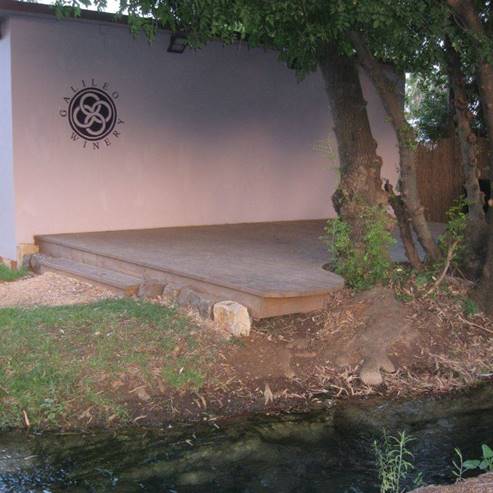
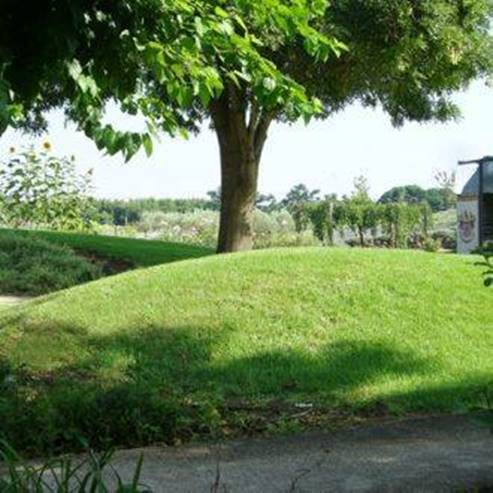
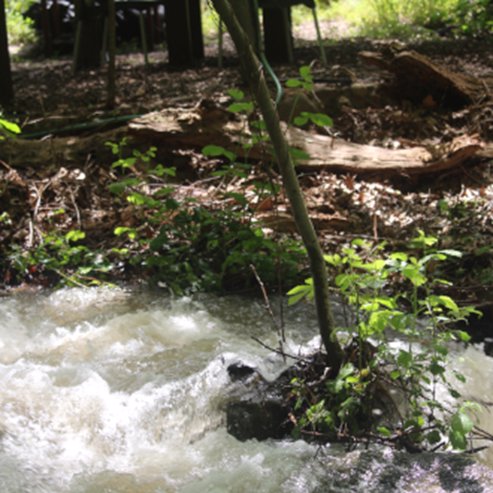
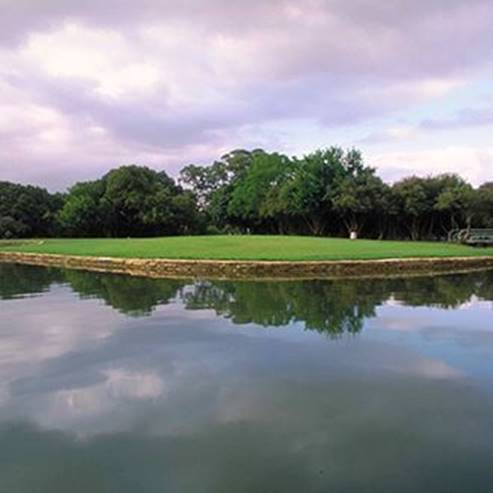
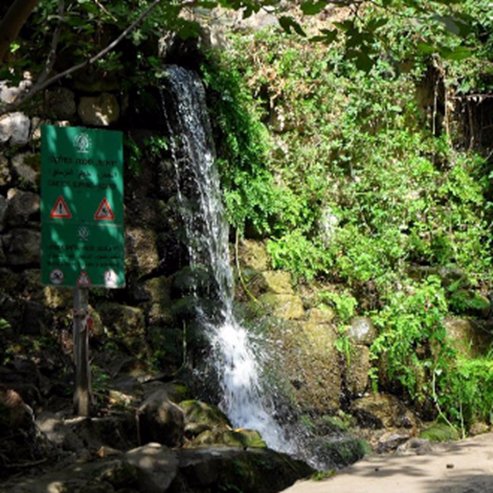
Nearby restaurants
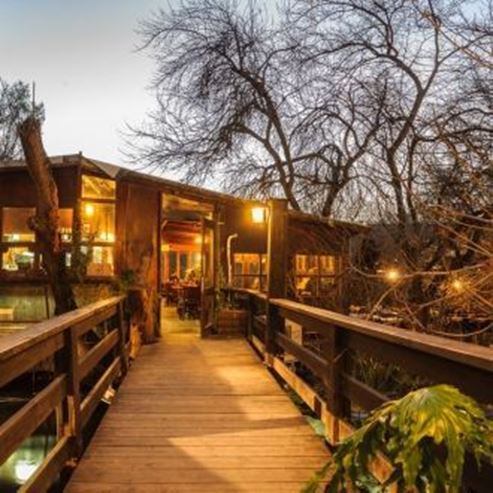
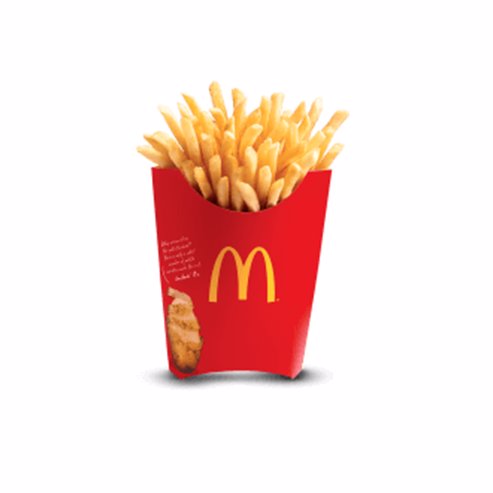
Mcdonalds- North Park, Maayan Baruch

Rebar- Gan Hatzafon, Gan Hatzafon compound
